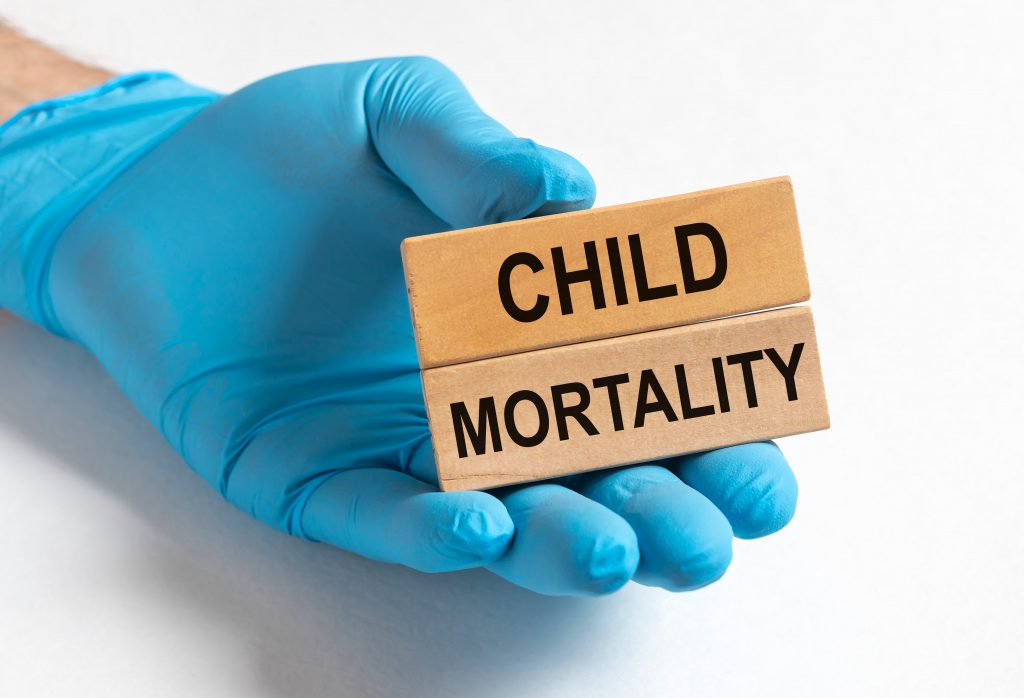Arq. Bras. Cardiol. 2021; 117(1): 72-73
HDI, Technological and Human Resources for the Diagnosis and Treatment of Circulatory System Malformations in Brazil – Analysis of the Reality in Brazil
This Short Editorial is referred by the Research article "HDI, Technological and Human Resources in the Diagnosis and Treatment of Malformations of the Circulatory System in Brazil".
In Brazil in 2019, circulatory system diseases (CSD) were the leading cause of death. In children under one year of age, CSD is the ninth leading cause of death and, in the age group from 1 to 9 years old, the eighth. In recent decades, there has been a reduction in the infant mortality rate to 11.9/1,000 live births (LB) in 2019. Despite the progressive reduction observed in recent years, this rate remains high when compared to that in developed countries. In Sweden, the infant mortality rate in the period of 2015/2020 was 2.0/1,000 LB. In Brazil, in children under five years of age, mortality was 14.0/1,000 LB, which occurred mainly in the first year of life. The main causes of neonatal mortality are perinatal asphyxia, extreme prematurity, and congenital malformations. Among the congenital malformations (CM), CSD have the greatest impact on mortality, as they are classified as preventable causes of death, which could be reduced through early interventions. High mortality rates due to malformations of the circulatory system (MCS) result from the lack of pre and postnatal diagnosis, resulting in inadequate treatment and a higher number of deaths.–
The study by Salim et al. aimed to verify the association of MCS diagnosis at birth and death from MCS in the first year of life with the human development index (HDI) and technological and human resources for the diagnosis and treatment of MCS by the macroregions of Brazil, using data obtained from DATASUS, in the period of 2000/2015.
[…]
344

